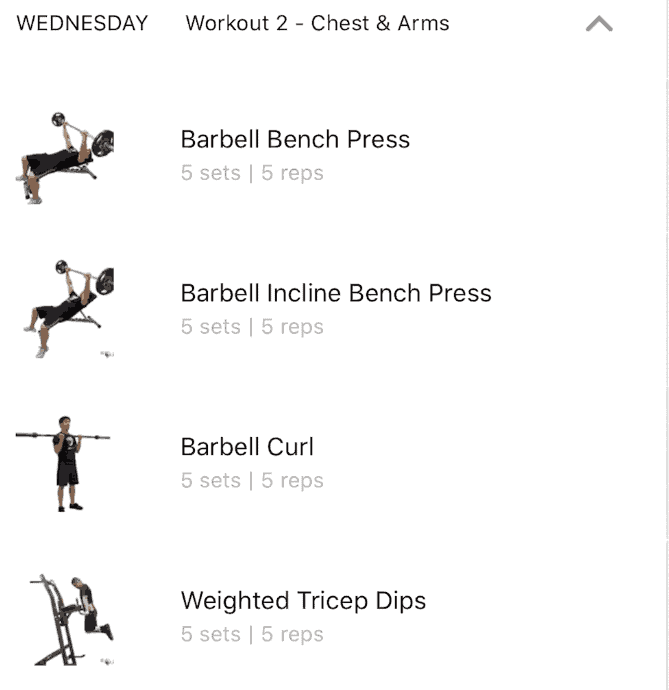

Unlocking the Secrets of Full Body Fat Loss
Understanding the Basics of Fat Loss
Embarking on a journey to shed excess body fat requires a fundamental understanding of how fat loss occurs in the body. Unlike spot reduction, where fat is targeted in specific areas, achieving full body fat loss necessitates a comprehensive approach that addresses both diet and exercise. By creating a calorie deficit through a combination of mindful eating and regular physical activity, individuals can encourage their bodies to tap into stored fat reserves for energy.
The Role of Exercise in Fat Loss
Exercise plays a crucial role in the fat loss process, as it not only burns calories during the activity but also boosts metabolism and promotes muscle growth, both of which contribute to increased calorie expenditure even at rest. Full body workouts, which engage multiple muscle groups simultaneously, are particularly effective for accelerating fat loss by maximizing calorie burn and stimulating the body’s metabolic processes.
Designing an Effective Full Body Workout Routine
When designing a full body workout routine for fat loss, it’s important to incorporate a variety of exercises that target different muscle groups while also maintaining a balance between strength training and cardiovascular activity. Compound exercises, such as squats, deadlifts, and lunges, should form the foundation of the workout, as they recruit multiple muscles and elicit a greater calorie burn. Additionally, incorporating high-intensity interval training (HIIT) or circuit training can further enhance fat loss by elevating heart rate and maximizing calorie expenditure in a shorter amount of time.
Maximizing Calorie Burn with Cardiovascular Exercise
While strength training is essential for building lean muscle mass and increasing metabolism, cardiovascular exercise remains a key component of any fat loss regimen. Activities such as running, cycling, swimming, and jumping rope are excellent options for elevating heart rate, burning calories, and improving cardiovascular health. By incorporating both strength training and cardiovascular exercise into a full body workout routine, individuals can achieve a well-rounded approach to fat loss that targets both muscle building and calorie burn.
The Importance of Nutrition in Fat Loss
In addition to exercise, nutrition plays a critical role in achieving full body fat loss. Consuming a balanced diet that is rich in lean proteins, healthy fats, complex carbohydrates, and fiber can help regulate appetite, stabilize blood sugar levels, and promote fat loss. Furthermore, maintaining a calorie deficit by consuming fewer calories than the body expends is essential for creating the energy deficit necessary for fat loss to occur.
Staying Consistent and Patient
Achieving full body fat loss is not a quick fix or overnight process; it requires consistency, patience, and dedication. Results may not be immediately apparent, but by sticking to a well-designed workout routine and nutrition plan, individuals can gradually see progress over time. It’s important to set realistic goals, celebrate small victories along the way, and stay committed to the journey, knowing that sustainable fat loss is achievable with time and persistence.
Embracing a Holistic Approach to Health
While fat loss may be the primary goal for many individuals, it’s essential to prioritize overall health and well-being throughout the process. This means prioritizing quality sleep, managing stress levels, staying hydrated, and listening to the body’s signals of hunger and fullness. By adopting a holistic approach to health that encompasses physical, mental, and emotional well-being, individuals can achieve not only their fat loss goals but also long-term health and vitality. Read more about exercise to lose full body fat



